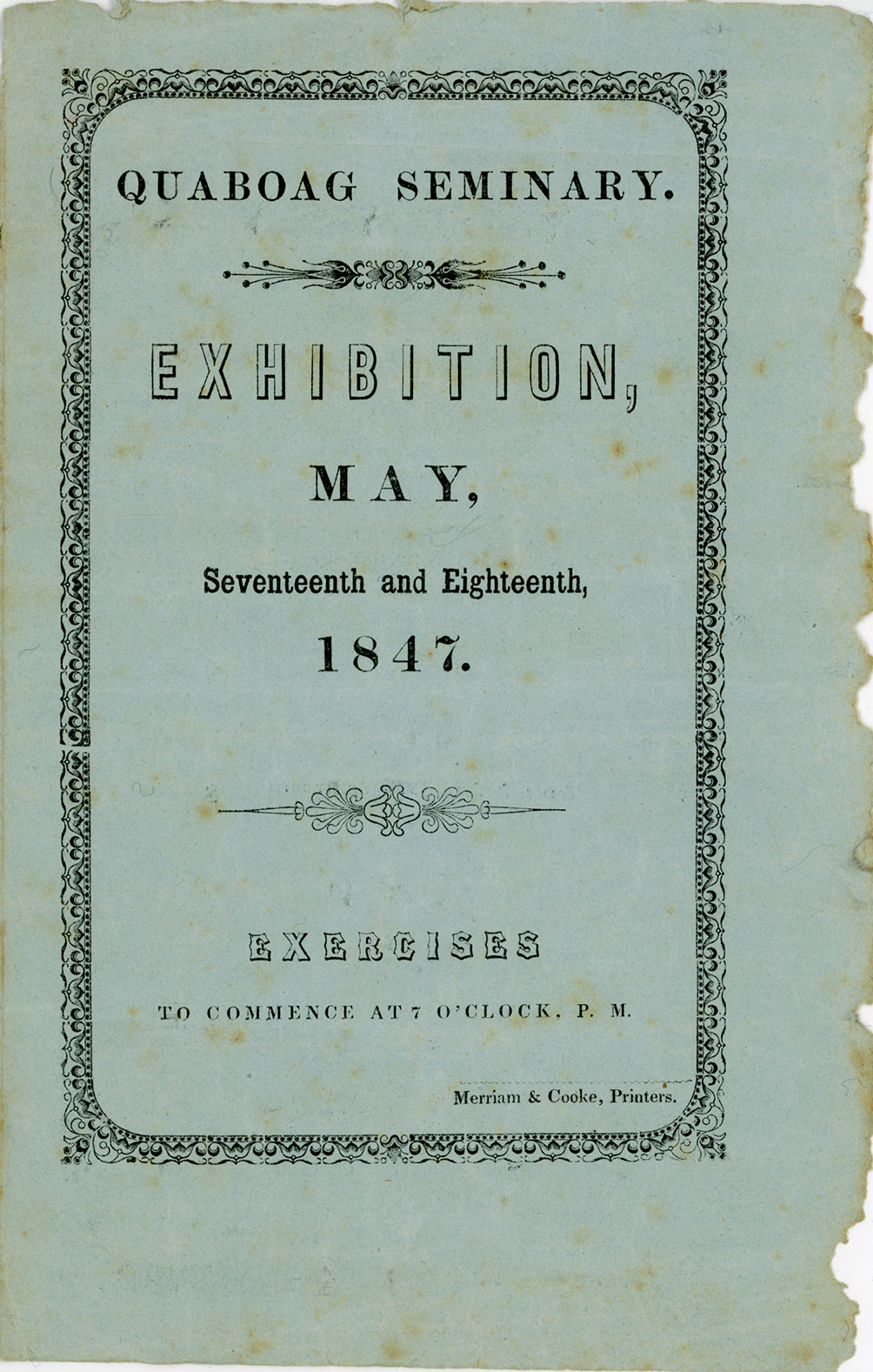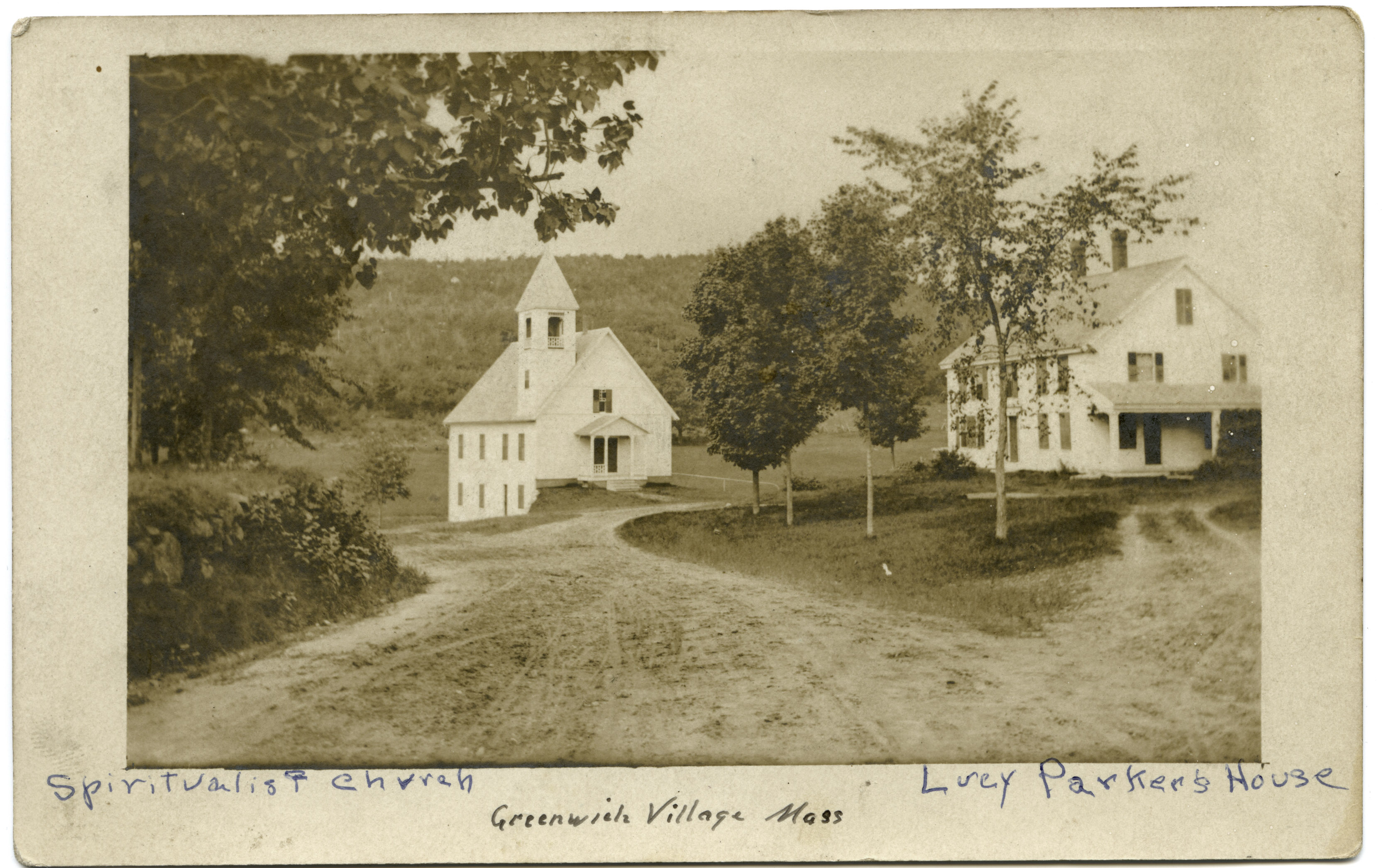Quabbin Clipping Collection
1888-1983
1 box 0.5 linear feet
Call no.: MS 040
To meet the growing needs for potable water in the Boston metropolitan region, the Massachusetts state legislature ordered the evacuation of the relatively sparsely populated towns of Dana, Enfield, Greenwich, and Prescott, as well as portions of other adjoining towns such as New Salem, to make way for the construction of a massive reservoir. Over the course of almost two decades, the population of the towns was systematically relocated, the houses moved or razed, and bed of the future reservoir was stripped of trees and brush. The last remaining residents of the region were removed in 1938 and the four primary towns were officially disincorporated as the dam was completed and the waters began to rise.
A collection of newspaper clippings documenting the Swift River Valley towns that were evacuated to make way for the Quabbin Reservoir, including Dana, Enfield, Greenwich, Millington (New Salem), and Prescott. The clippings are concentrated on the towns’ final days and include an incomplete run of The Springfield Union series, “Letters from Quabbin,” series, which recorded the history of the Quabbin Reservoir from site selection to the relocation of houses and people and the disbanding of local organizations and communities.
Gift of Donald Howe, 1960
Subjects
Dana (Mass.)--HistoryEnfield (Mass.)--HistoryGreenwich (Mass.)--HistoryNew Salem (Mass.)--HistoryPrescott (Mass.)--HistoryQuabbin Reservoir Region (Mass.)--HistoryTypes of material
Clippings (Information artifacts)



